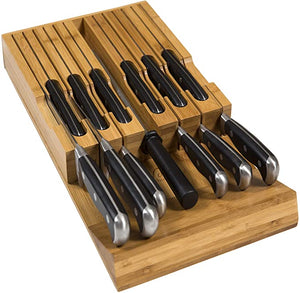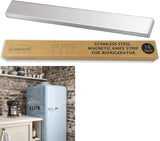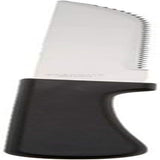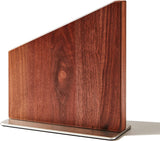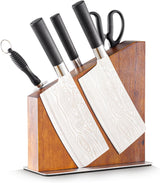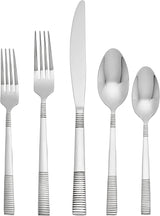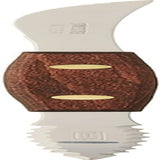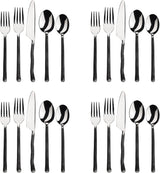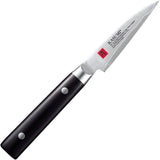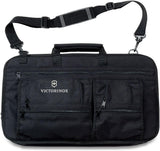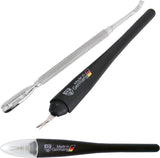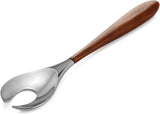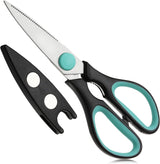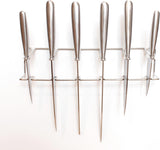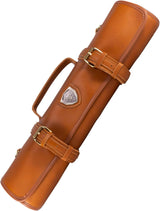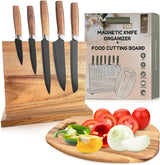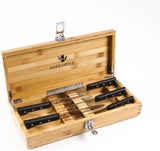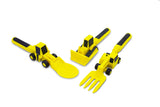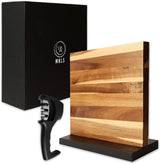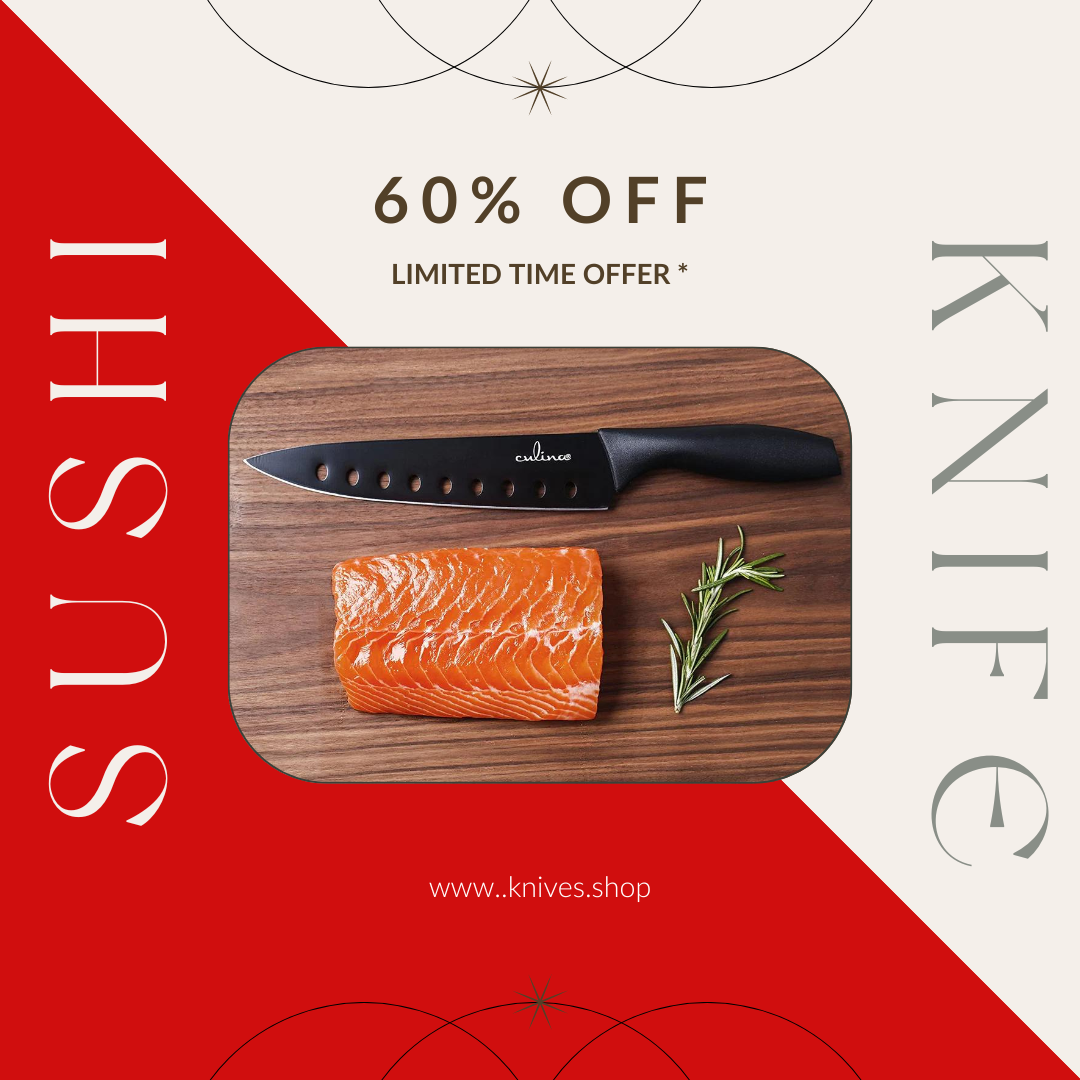For kitchen professionals and seasoned anglers alike, choosing the right size fillet knife for tasks like cleaning and preparing trout is crucial. But you may find yourself asking: What size fillet knife for trout? From blade length to flexibility, your choice can make a world of difference in precision and ease of use. Dont worrya breakdown of factors will make your decision simpler.

Understanding the Role of a Fillet Knife
Fillet knives are specifically designed with a narrow, flexible blade that allows for intricate movements necessary for deboning and skinning delicate fish like trout. This flexibility is key when removing bones without damaging the fishs flesh, which is an essential skill whether you're preparing a dish for a fine dining experience or cleaning your fresh catch by the river.
What Size of Fillet Knife Is Ideal for Trout?
When it comes to trout, the best fillet knife size lies within the range of 6 to 7 inches. Why? Trout, generally ranging from 10 to 16 inches in length, require a blade that is long enough to handle the fish effectively but flexible enough to navigate its contours. Blades shorter than 6 inches may feel inadequate, while those longer than 7 inches may lack the level of control needed for a detailed filleting process.
For smaller trout, you might consider a 5-inch fillet knife, but keep in mind that this size may not offer enough reach to completely glide through larger fish. On the other hand, a 7-inch blade provides an excellent balance of reach and flexibility.
What to Consider Before Choosing Your Knife
Here are key considerations before selecting the ideal fillet knife size for trout:
- Blade Flexibility: Choose a knife with a flexible blade to glide smoothly along the fishs bone structure.
- Handle Comfort: A comfortable handle provides better grip and control during the filleting process.
- Blade Material: Opt for high-carbon stainless steel for durability and corrosion resistance.
- Trout Size: Larger trout require knives with longer blades, while smaller fish can accommodate shorter knives.
Step-by-Step Filleting with a Properly Sized Knife
Once you've chosen the right knife size for your trout, proper technique is vital. If you're unsure how to fillet trout even with a suitable knife, check out this filleting trout guide, which offers a walk-through for beginners and pros alike.
Additional Resources for Knife Care and Choices
Caring for your fillet knife not only extends its lifespan but also maintains its efficiency. Learn how to sharpen a knife properly to guarantee optimal performance.
Internal Links for Knife Selection & Cleaning
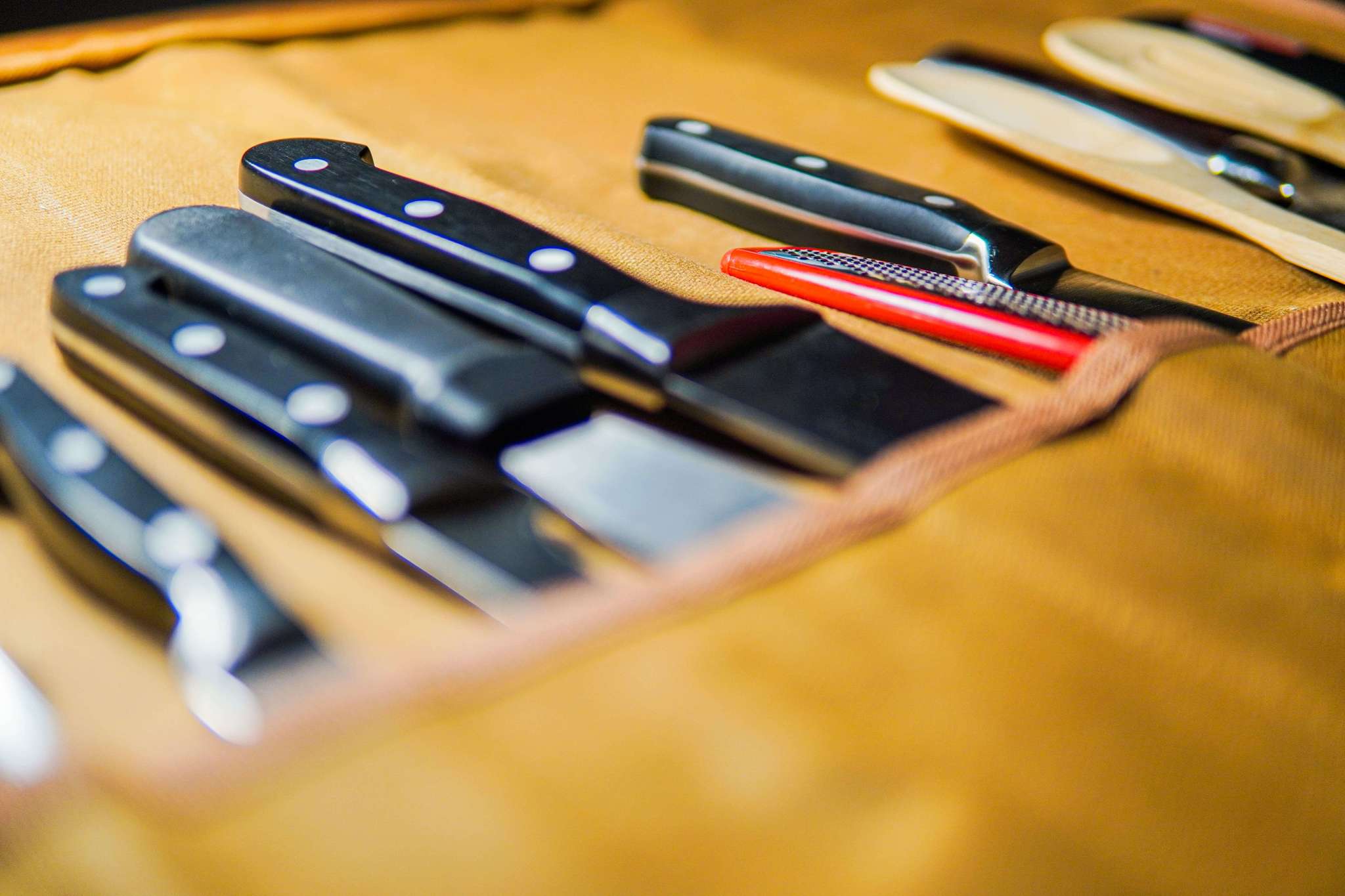
FAQs
Can you use a regular knife instead of a fillet knife for trout?
Technically, yes, but youll lack the flexibility and precision a fillet knife offers for deboning and skinning.
Why is blade flexibility important for filleting trout?
Flexibility helps the blade move seamlessly along the bones and reduces the risk of waste.
How should I maintain my fillet knife?
Clean promptly after use, avoid dishwashers, and sharpen regularly to maintain its edge.
Choosing the right size fillet knife for trout preparation is a small decision that yields big benefits, especially for professionals. Follow these recommendations and techniques to set yourself up for filleting success!
This article contains affiliate links. We may earn a commission at no extra cost to you.
